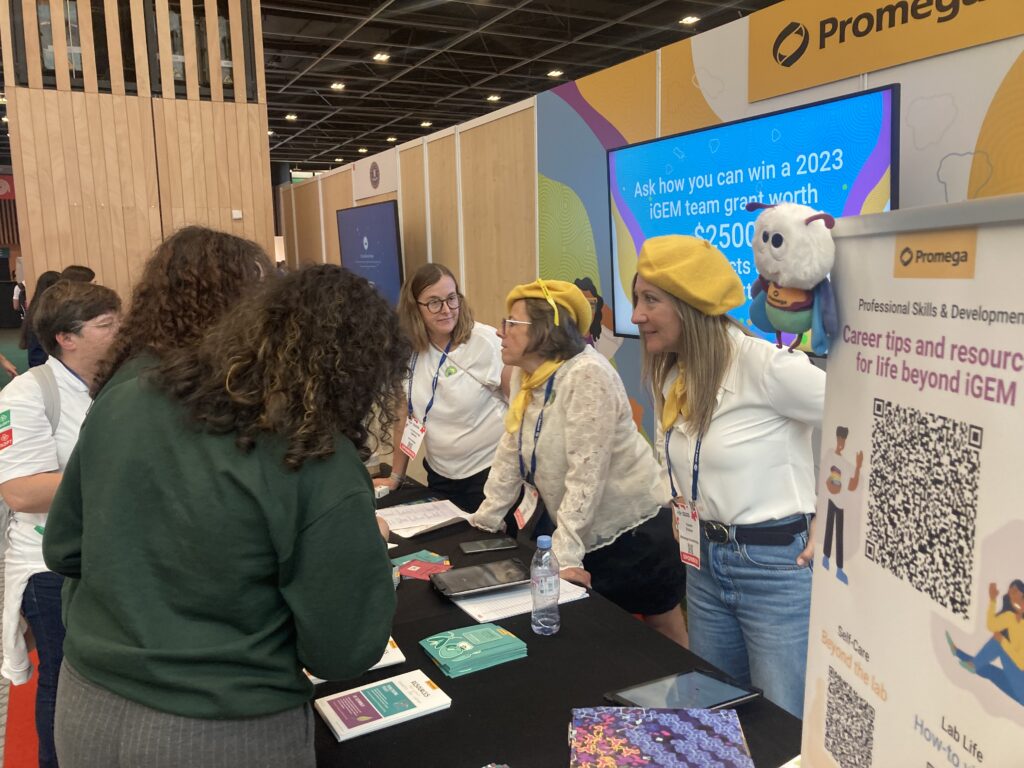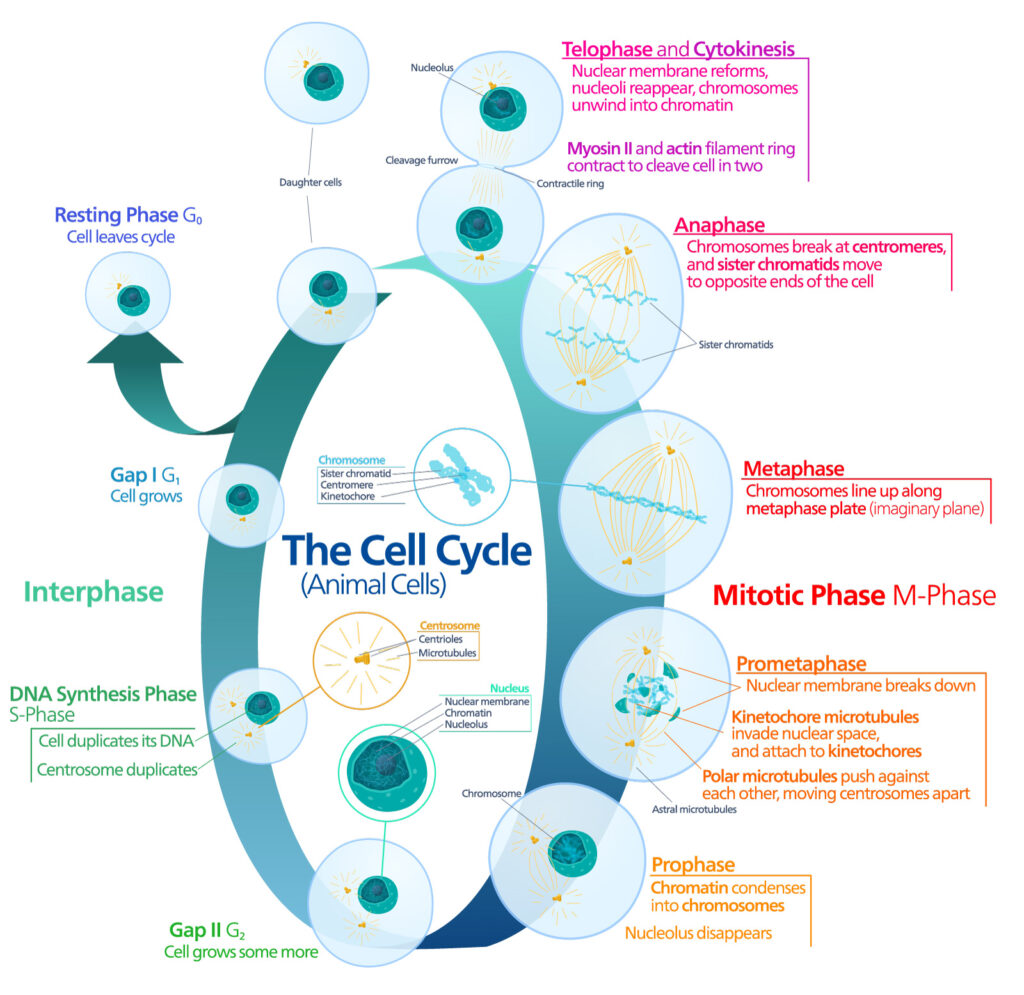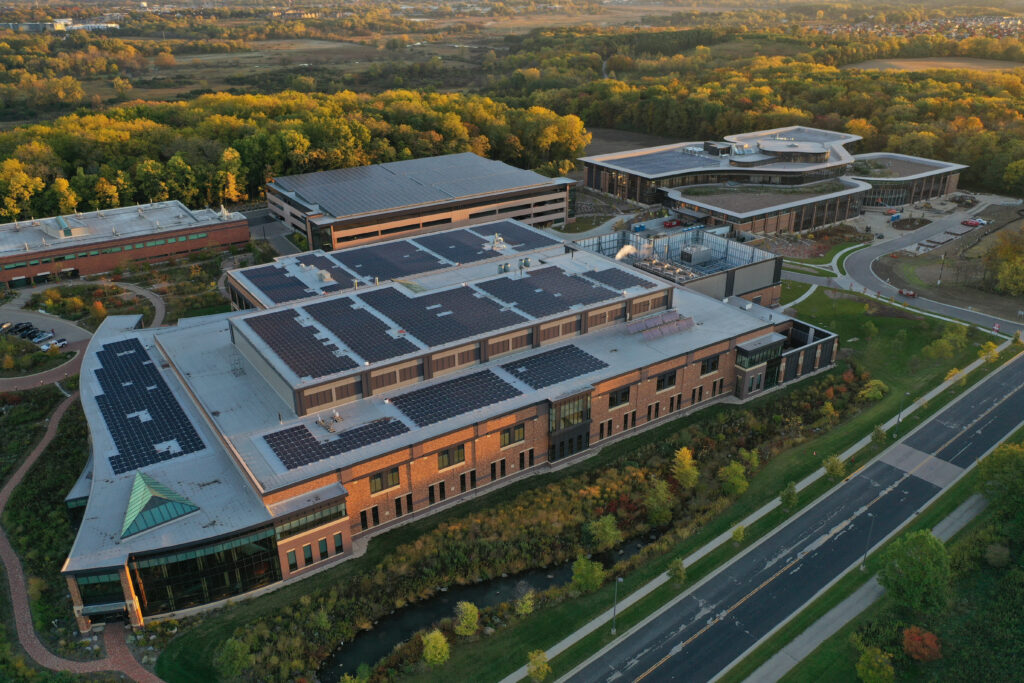You know this, but it bears repeating. Prioritizing physical, psychological, emotional and financial wellness is key to supporting our overall well-being. This holds true during the busy holiday season and throughout the entire year.

It can also be easier said than done, so we need as much support as possible in this vital endeavor. An in-depth framework recently published by the US Surgeon General outlines a vision of the workplace as an engine of well-being. The report states, “Our workplaces play a significant role in our lives. Work affects both our physical and mental well-being – in good ways and bad. The COVID-19 pandemic brought the relationship between work and well-being into clearer focus.”
Continue reading “From Student Debt Assistance to Family-Forming Support: Benefits and Well-Being Go Hand in Hand “







